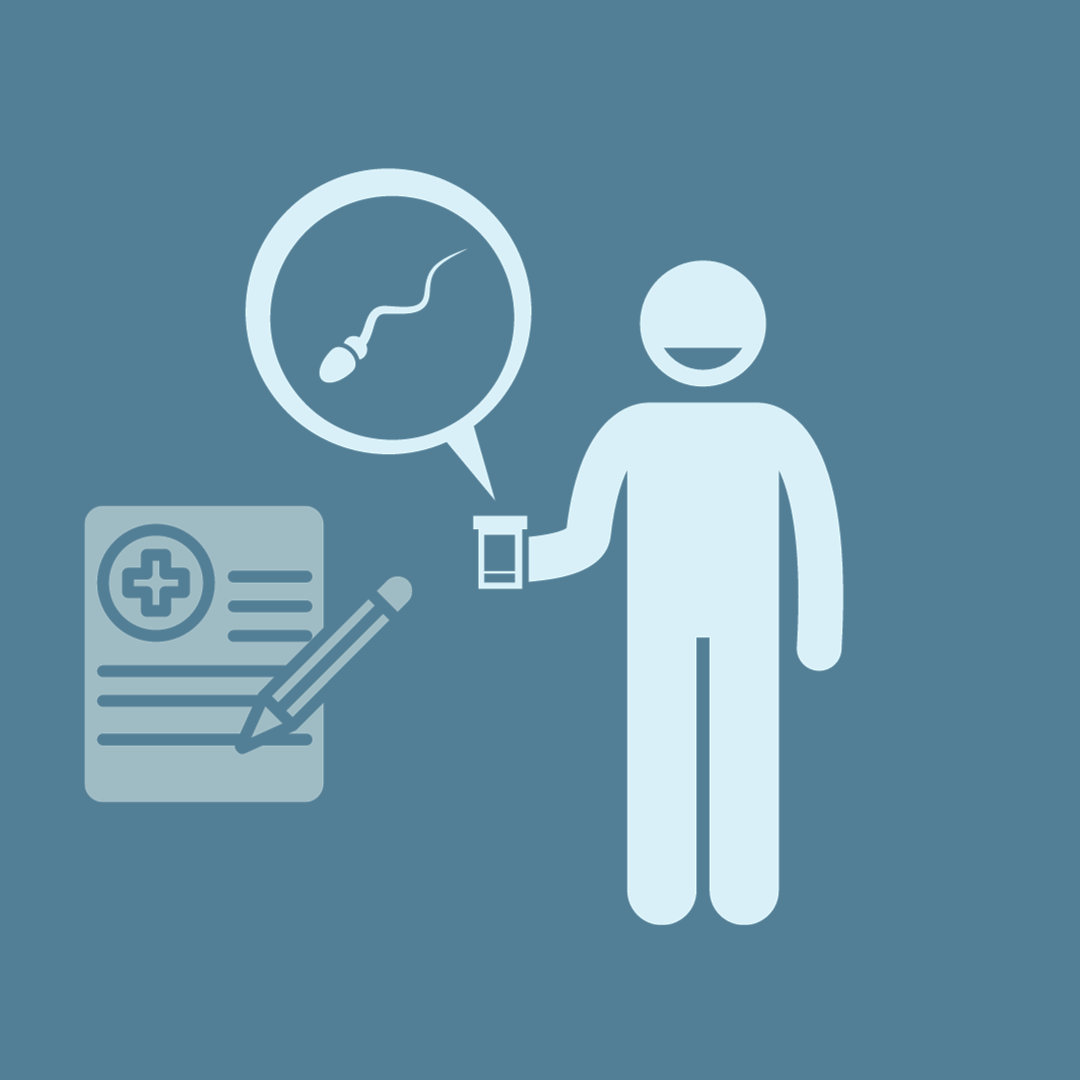Aggregated News

A Netflix docuseries has put a spotlight on the unregulated world of sperm donation, particularly the lack of stopgap measures that might prevent donors who have been banned by one country from simply going elsewhere to donate more.
Released earlier this month, “The Man With 1000 Kids” explores the fallout from the case of serial sperm donor Jonathan Meijer, a Dutch man who fathered children around the globe via donations to sperm banks, as well as through private meetings he reportedly held directly with prospective mothers. The Dutch Society for Obstetrics and Gynecology prohibited him from donating sperm in the Netherlands in 2017, but he continued to donate to other countries afterward.
The result of Meijer’s actions is there are hundreds, or perhaps thousands, of half-siblings who may not realize they are related to one another. Their risk of accidental inbreeding is real: In 2021, The New York Times reported some of Meijer’s offspring had come across one another on the dating app Tinder.
“Once, I swiped on a sister and she swiped right on me at the...



